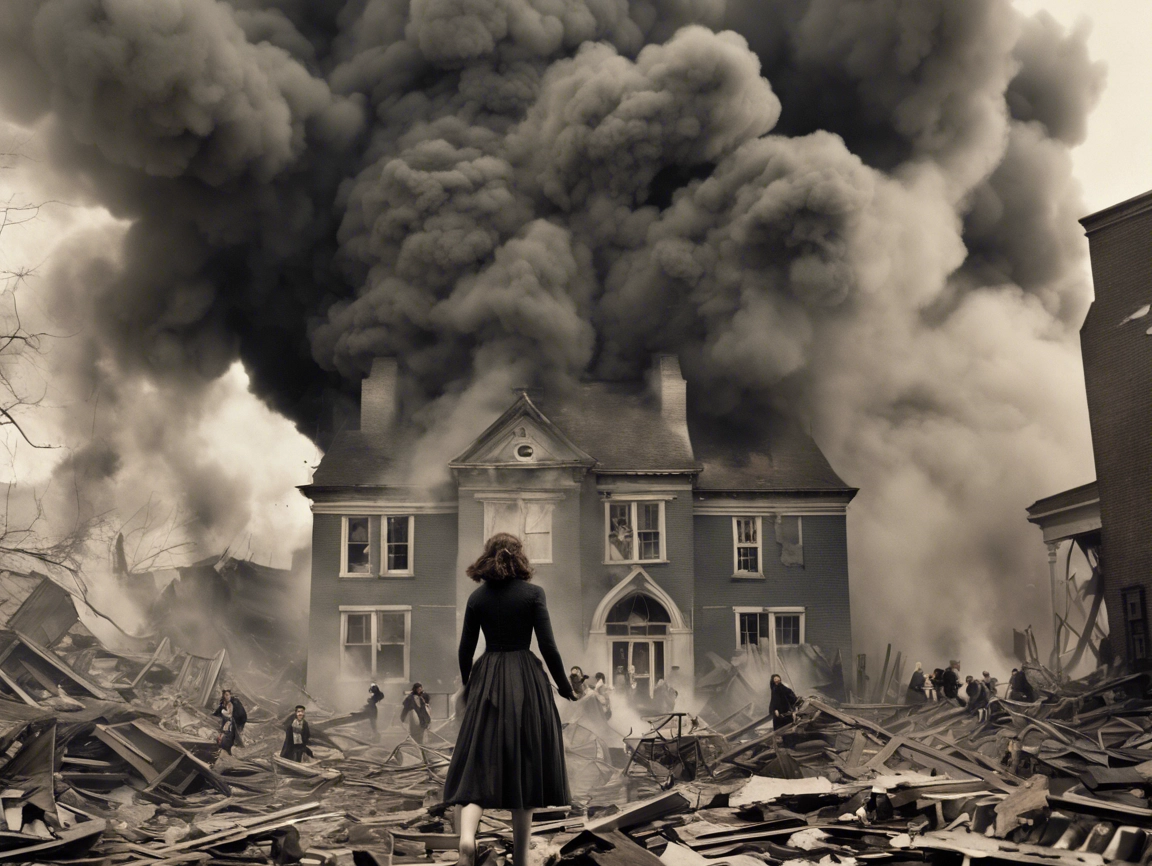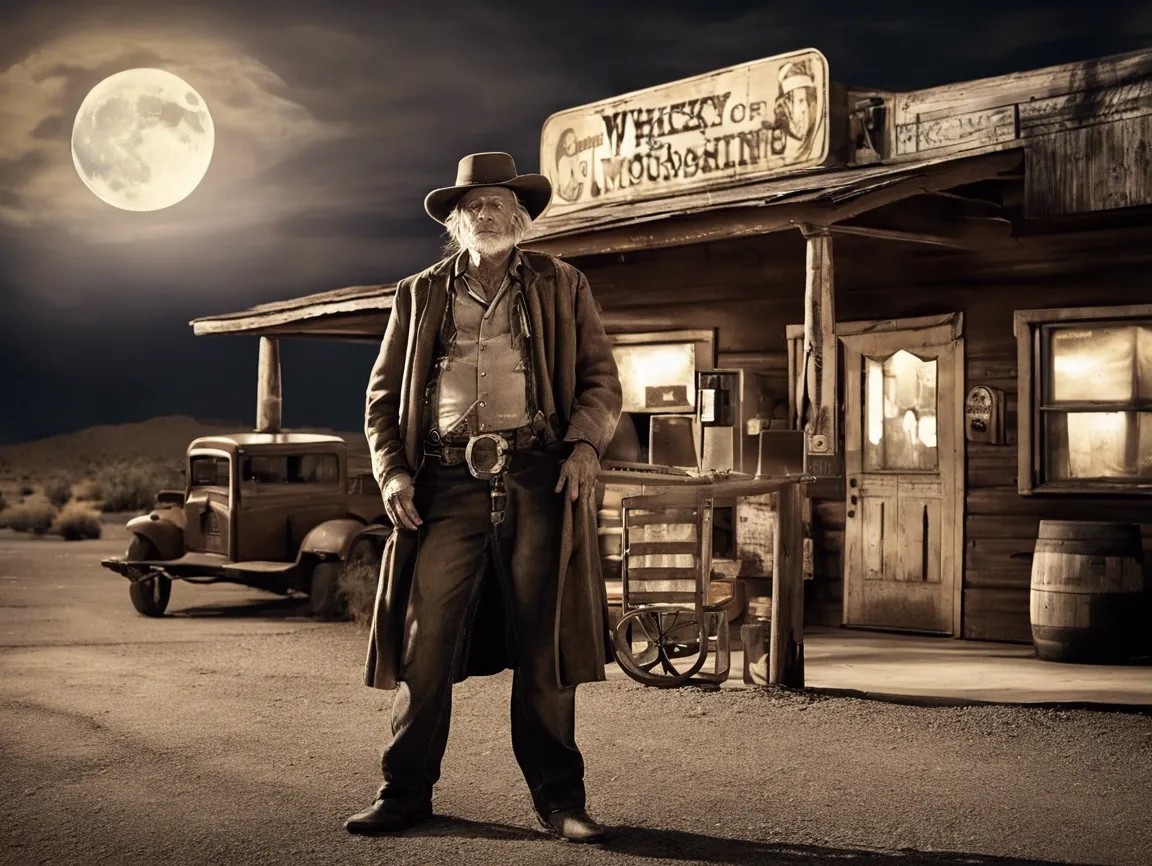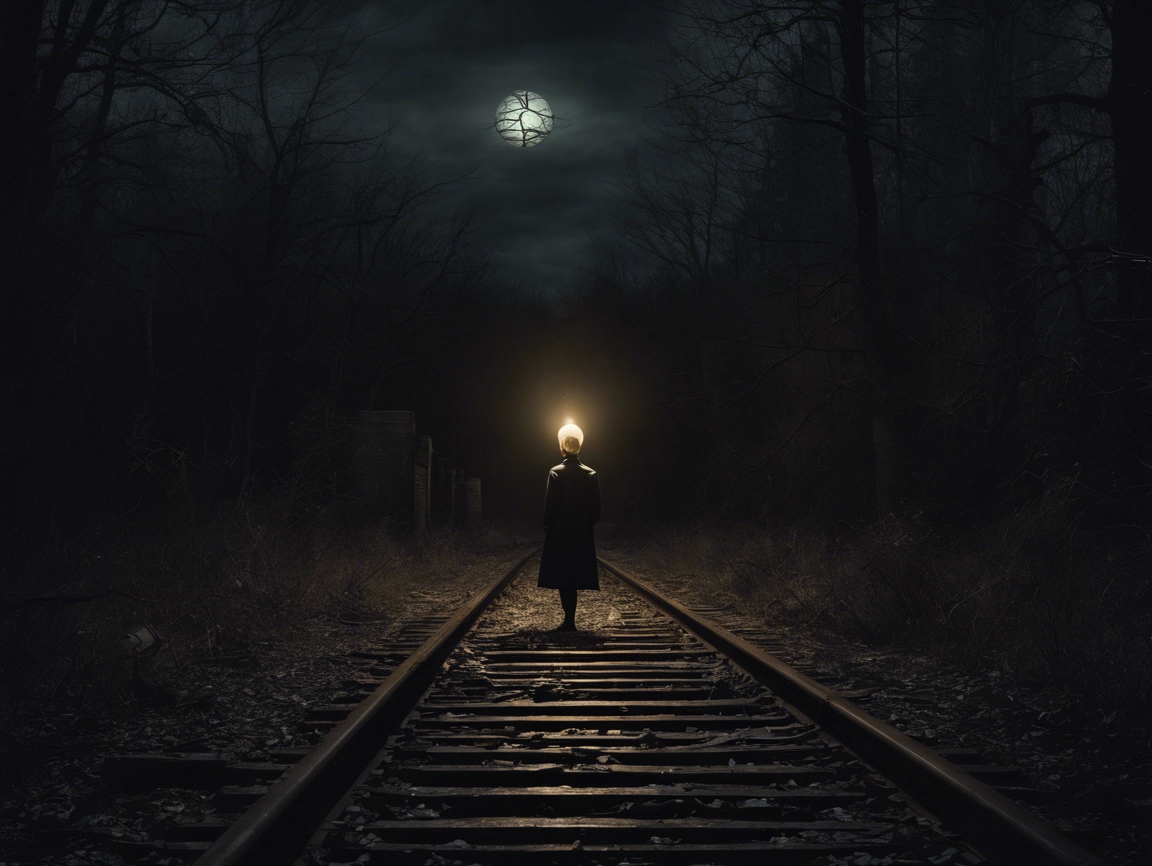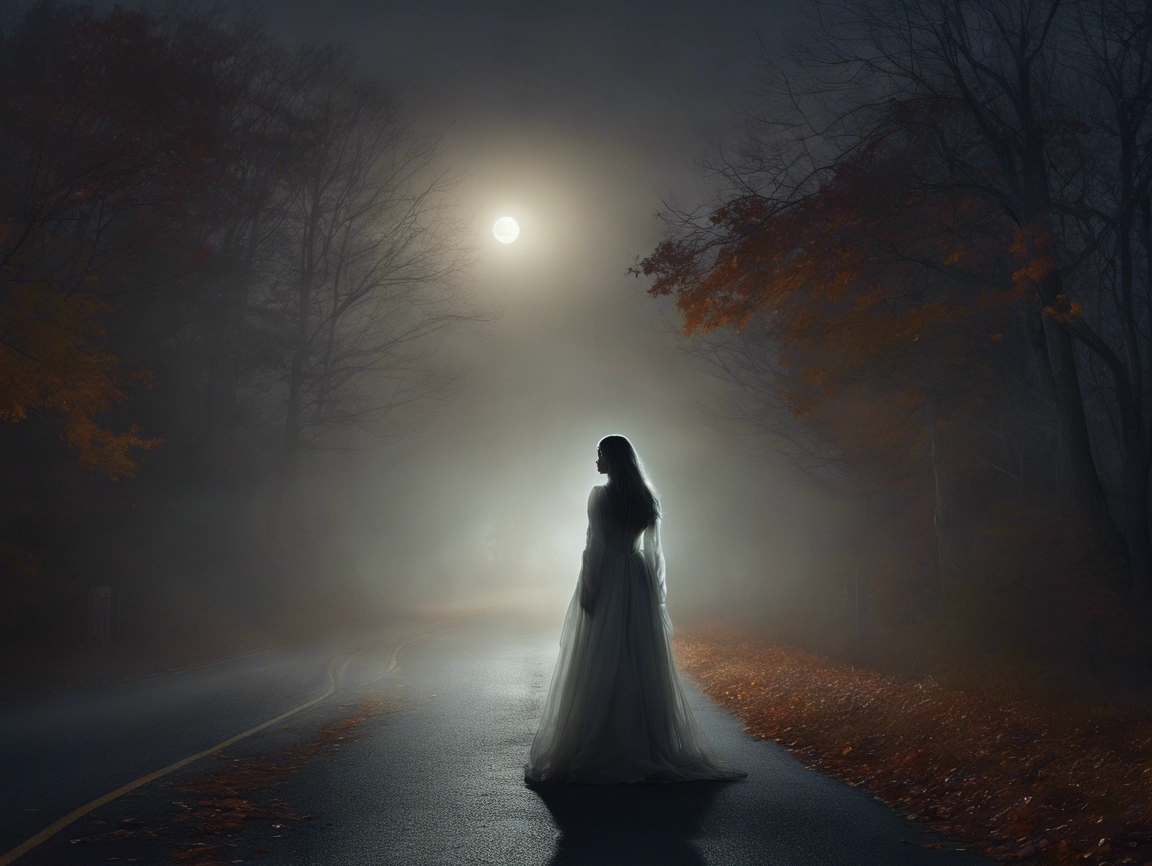On March 7, 1905, a group of little more than 60 people gathered in the Granger Meeting House for the weekly meeting of the Mutual Improvement Association. No one in attendance could have predicted that the night would end in disaster, with what would become known as the Granger Meeting House Explosion. The meeting was called to order at 8:00 p.m. sharp, and following the opening prayer, a 21-year-old woman named Nellie Mackay walked up to take her place next to the organ and sing for the audience.
Freshly Unearthed
A Circus Act Turned Deadly
Sounds like everyone’s worst nightmare, right? For a 13-year-old boy living in San Francisco in 1854, it was reality. On the evening of January 10, 1854, a small Spanish theatrical performance took place on Stockton Street. A boy named William Snyder, or William Bernard as some papers called him, was selling candy and peanuts when he was attacked and killed by a clown.
The Haunting of Whiskey Pete’s
There’s a legend about Whiskey Pete’s Hotel & Casino in Primm, Nevada. People say old Whiskey Pete still haunts the place. Guests and employees report an eerie feeling, as if someone watches them. When they turn, they see an older man in old-fashioned western clothes. Before they can react, he vanishes. The legend claims Whiskey Pete’s ghost haunts his former property because construction disturbed his grave. He wants everyone to know he’s still here.
Gurdon, Arkansas, is a small town with a big legend—one involving a derailed train, a gruesome murder, and a mysterious light along the tracks. Nestled in the piney woods of Clark County, Gurdon has long drawn ghost hunters and curious travelers alike. They all hope to catch a glimpse of the eerie glow that some say is the lantern of a vengeful spirit. Whether sparked by natural phenomena or the restless soul of a murdered railroad worker, the Gurdon Light remains one of Arkansas’s most haunting tales.
A Horrific Murder
On December 3rd, 1931, a freight train with 14 cars attached derailed just southwest of the small town of Gurdon, Arkansas. Railroad officials discovered that the rails had been tampered with. They believed the tampering was intended to cause the Sunshine Special. This was a passenger train that usually traveled at speeds of 60 to 70 mph.
The following day, December 4th, 1931, Will McClain’s wife alerted the city marshal that her husband had not returned from work the night before. Will was a section foreman for the Missouri Pacific railroad. She had asked around the small community that morning. However, no one had seen him since he was at work the evening before. She was concerned because it was not like him to not come home. The marshal began going around town talking to people and looking for any sign of Will. The marshal spotted a laborer named Louie McBride, who was known to work under Will McClain. He thought that McBride was acting suspiciously and brought him to the jail for questioning.
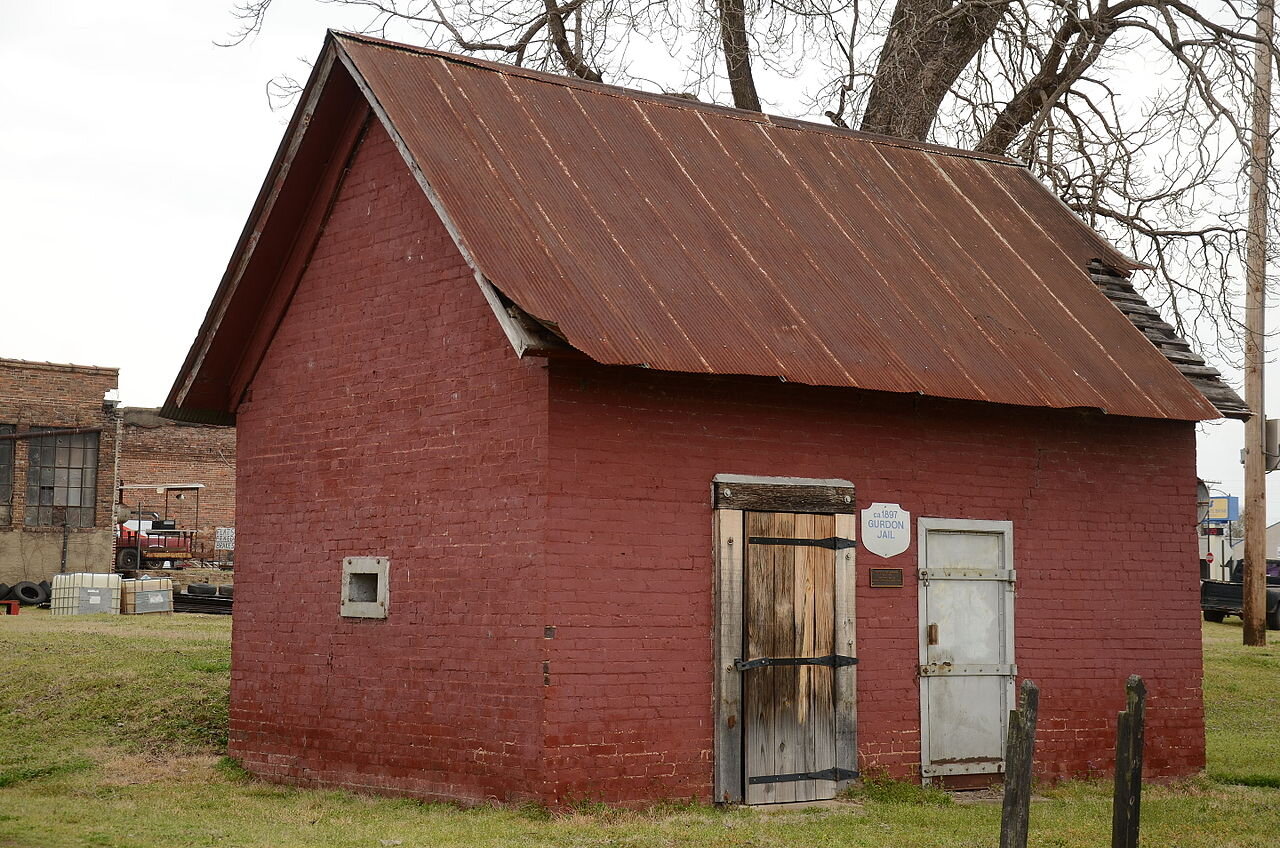
The Shocking Confession
Louie (Louis) McBride was a member of the section crew and a longtime resident of Gurdon. Police brought McBride in for questioning, and he quickly admitted to murdering Will McClain. He then brought the city marshal to the site of McClain’s body.
When the marshal got close to the area McBride indicated, it became abundantly clear that something terrible had taken place. A trail of blood almost a quarter of a mile long stretched from the railroad tracks to the nearby swampy woods. Police found McClain’s body and determined that four severe blows to the head had killed him. Nearby, they also discovered a bloody spike maul and shovel. The marshal determined that McClain did not die right away. He had actually tried to crawl out of the woods. According to legend, McClain clutched his lantern tightly in his hand even in death.
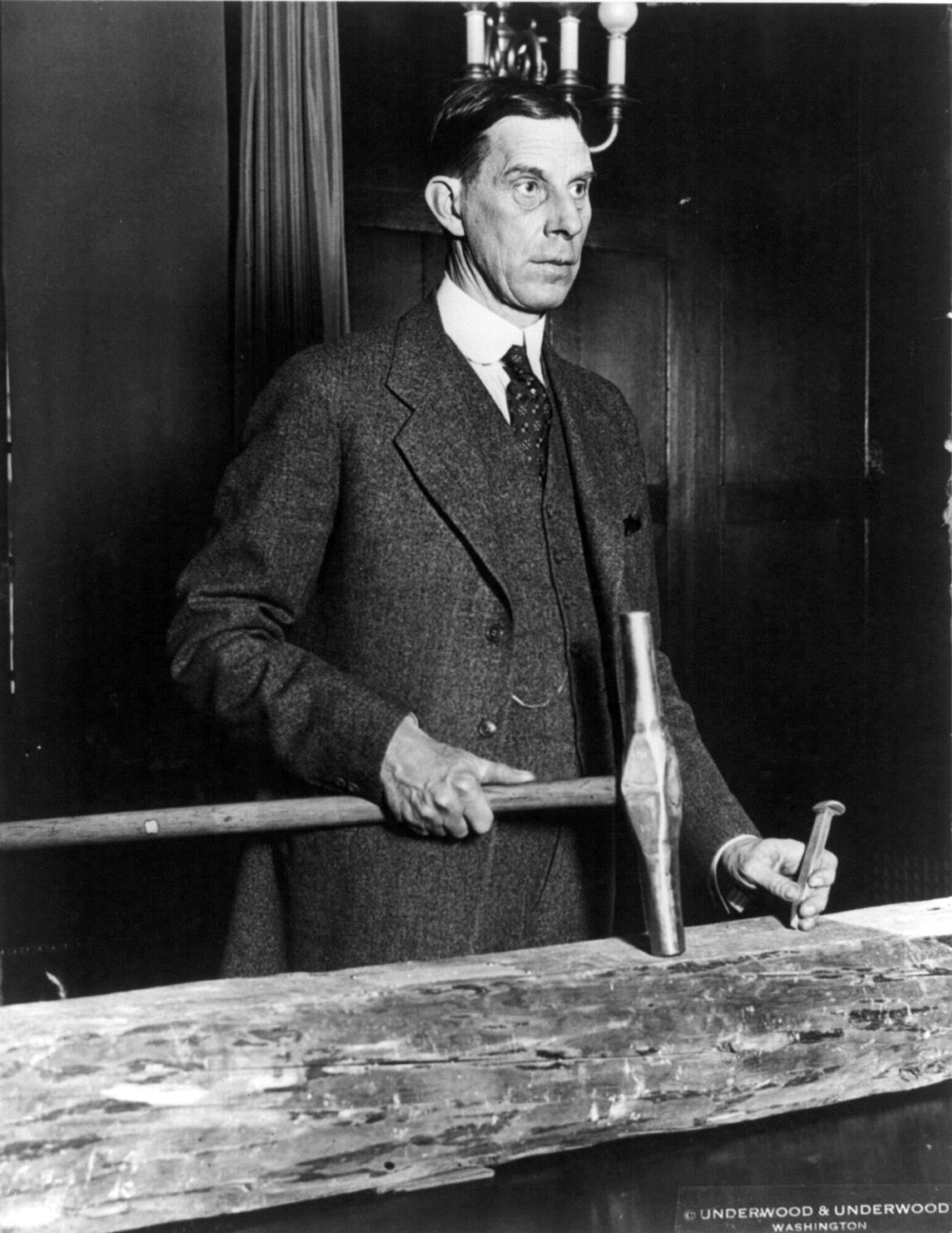
McBride admitted he killed McClain because he was angry about losing seniority during recent layoffs. Authorities initially suspected him of tampering with the tracks as well. The court convicted McBride of murder and sentenced him to death. Despite his appeals, officials executed him in the electric chair at the Little Rock penitentiary on July 8, 1932.
What followed after McClain’s brutal death was just as chilling. A ghostly light still appears along these tracks at night.
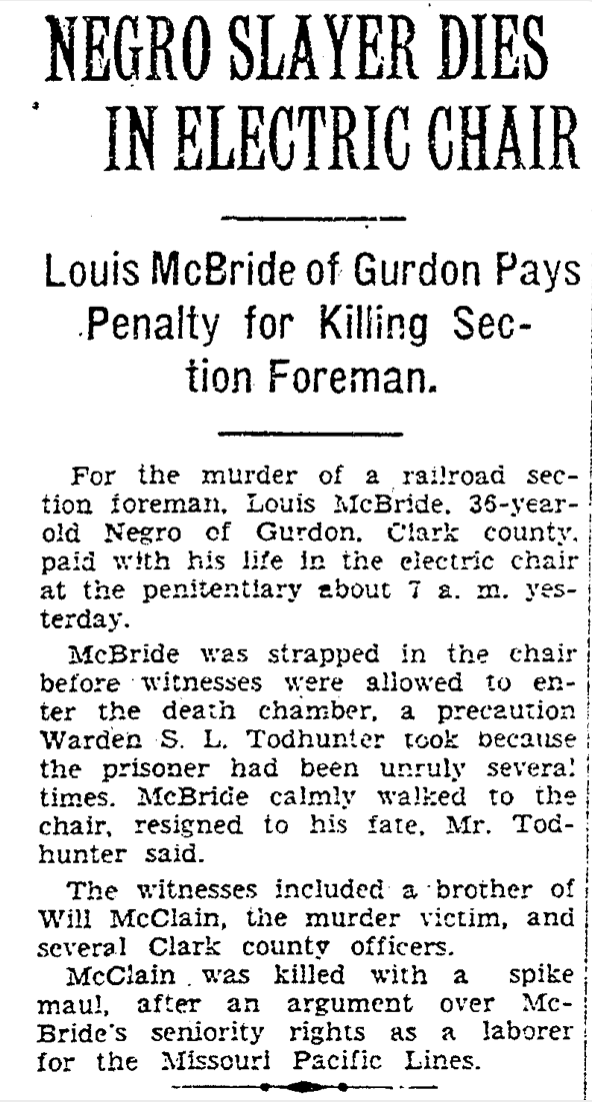
Little Rock, AR Page:9
The Gurdon Light
Almost instantly, reports of a strange yellowish-white and even sometimes bluish light seen along a 4-mile stretch of railroad track near Gurdon began pouring in. The mysterious light hovers a few feet above the railroad track, taking the shape of a medicine ball. It often disappears only to reappear behind people who are walking the tracks hoping to see the light. Dense, swampy woods and a small, old cemetery surround the area, making it even creepier.
Over the years, residents began making trips to the area with the hope of seeing the mysterious light for themselves. By the 1950s, the phenomenon had made the local newspapers. Since that time scores of people have reported seeing the mysterious light.
Theories
For years, people tried to debunk the light. Some claimed headlights from the nearby highway created the glow, while others blamed ‘swamp gas’ rising from the ground. However, researchers have largely debunked the headlight theory. First, witnesses reported sightings as early as 1931–1932, long before the highway existed nearby. Second, a large hill separates the railroad tracks from the closest highway, blocking any direct light.
Mike Clingan, who likely spent more time than anyone investigating the mysterious light, believed ‘the piezoelectric effect’ best explained the phenomenon. He explained that quartz crystals beneath the tracks generate an electric charge under constant stress, producing a glowing light. Additionally, Gurdon sits at the tip of the New Madrid seismic zone, which may contribute to the effect.
Legends and Paranormal Encounters
According to Mike, sightings of the light pre-date the murder of Will McClain. Some of the “old-timers” in the area claim the light was dated to the Native Americans and first white settlers in the area. Unlike other ghost lights, the Gurdon Light has all the makings of a great ghost story. It features a well-documented violent murder, swampy surroundings, a cemetery, and even Bigfoot sightings near the Stickey Road crossing of the tracks.
Mike shared some of his personal experiences with me. As a physicist, he’s experienced things he can’t find an explanation for. He watched a group of people through binoculars as they walked down the tracks towards him for 10-15 minutes. However, they vanished when they got to him. He’s seen a strange bluish mist hovering over the rails. He heard voices and shuffling sounds with no visible source. On one occasion, he was overwhelmed with a strong sense of dread. This happened while walking back to the group he was with. As he approached them, they all started to report the same feeling without him having said a word.
So perhaps the Gurdon Light has a strange yet scientific explanation. Or maybe, the light serves as a spooky reminder of a terrible murder that took place here over 80 years ago.
Are you brave enough to discover the truth for yourself? Plan a late-night visit to the Gurdon tracks and see if you can spot the mysterious glow. Then come back and share your experience—did you catch a glimpse of the eerie light, or did something else send shivers down your spine? Let us know in the comments below, and keep the legend alive!
On quiet nights along the shore of Stony Creek, a voice rises from the darkness. The wind carries a question, soft but insistent. Where is my head? Who’s got my head? The Stony Creek headless ghost has haunted these waters for generations. Some know the story well. Others only hear whispers. A headless figure, staggering through the woods, searching for something lost.
Strange Lights Along Eagle Rock Road
By the autumn of 1896, many travelers whispered about a glowing figure near Eagle Rock Road in West Orange. Some saw a flickering light at the roadside that never moved like an ordinary lantern. Others felt a sudden chill when they passed that stretch of road at night. Soon, rumors spread that the spirit belonged to a girl named Phoebe Jane Paullin.
One evening, John Beach guided his buggy along that lonely path with his wife and daughter. They noticed a pale glow ahead and assumed it was a lantern in the distance. The horse halted and began to tremble. John tried to calm the animal, but it refused to budge. His daughter peered into the darkness and saw a faint shape. She shrieked and clutched her mother’s arm. The shape looked like a young woman who stood silently near the brush. The horse bolted in terror, nearly throwing the family onto the ground.
When they reached home, they spoke of a ghostly presence that hovered in the darkness. Neighbors listened in awe. Others came forward with similar stories. Some claimed the ghost vanished when they tried to approach. A few heard soft cries on the breeze. Local newspapers carried these accounts of a phantom haunting a spot tied to a tragedy from thirteen years earlier.
A Harrowing Discovery in 1883
In late November of 1883, the region was shaken by grim news. A father and son walked near the Orange Hills and spotted a bundle of clothing in the brush. Drawing closer, they found the body of a teenage girl. Her throat had been slashed so deeply that one cut severed her trachea and carotid artery. She wore a black velvet suit, a gold watch and chain, and still carried money. Investigators believed the killer had dragged her over a hundred feet from the roadside.
Her name was Phoebe Jane Paullin. She had left her home in West Orange to run errands in Orange. If it became late, she might stay with friends. By the next morning, when she failed to return, her mother grew anxious. Officials learned that Phoebe was last seen walking along Eagle Rock Road. The brutality of the crime stunned everyone who heard about it. Robbery did not seem to be the motive. Detectives from Newark and New York arrived quickly, determined to track down whoever did this.
An inquest followed. The coroner’s hearing drew crowds so large that the room nearly overflowed. Neighbors wanted answers, and newspapers craved every detail. Some reporters described wagon tracks near the scene. Others mentioned footprints and a small pool of blood in the road. Most believed that Phoebe faced her attacker just before dark.
Suspects and Stray Clues
Authorities pursued several leads. They discovered a bloody shirt hidden under sand a few miles away. A stranger who asked for fresh clothes on the night of the murder seemed suspicious. Two brothers, Chet and Martin Williams, were questioned after witnesses placed them near the area. Their stories conflicted, but police never gathered enough evidence. They were released.
A traveling salesman named Henry Mahon was arrested, then freed when his passbook showed he was elsewhere. Another rumor involved a missing son whose mother swore the bloody shirt was his. That angle disappeared when he never surfaced. The investigation moved on without a clear suspect. Public anxiety grew with each dead end.
George Franck Under Suspicion
Many believed the true killer was George Franck, a beer bottler in Orange. He admitted that he passed Phoebe on the road. He offered an uncertain alibi and stumbled over details. Locals claimed to see his wagon at odd times. He tried to end his life more than once, which fueled suspicion that guilt weighed on him. Some newspapers reported that he confessed during one suicide attempt. Others said he mocked all accusations once he recovered.
Franck faced earlier charges for assaulting another woman. People wondered if he had a pattern of violence. Yet the authorities never found enough proof to indict him for Phoebe’s murder. He walked free, watched warily by neighbors who believed he knew more than he shared.
Unanswered Questions
Phoebe’s family held her funeral on November 28, 1883, at Pleasant Valley German Church Cemetery. Crowds attended, grieving for a bright life cut short. A reward of fifteen hundred dollars produced no decisive tip. The case slowly went cold. Some pointed to a mother who identified the bloody shirt as belonging to her vanished son. Others suspected a powerful local figure who avoided scrutiny. Many stayed focused on Franck.
Phoebe’s official cause of death was hemorrhage from incised wounds. She was either sixteen years, 6 months, and 17 days old. No one was brought to justice for her murder. Over the years, certain newspapers tried linking her case to outlaws like Anton Bolak, but those connections never panned out.

Rumors and Ghostly Encounters
By 1896, the ghost stories around Eagle Rock reached a peak. Witnesses spoke of a faint, silent figure on that lonely road. They thought it was Phoebe’s spirit, tied to the place of her final terror. John Beach’s encounter, with his horse panicking and his wife and daughter collapsing in fear, became the most famous account.
Others described flickering lights or distant sobs. Many tried to approach the glow, only to see it vanish at once. These stories caught the imagination of the wider region. Newspapers played up the idea that Phoebe’s ghost lingered to seek justice or peace. Investigators of the paranormal turned their attention to West Orange, hoping to solve a supernatural mystery that also involved an unsolved crime.
New roads and developments eventually altered Eagle Rock. Some said the ghost sightings tapered off. A few insisted that Phoebe’s presence could still be felt on dark nights. Visitors who ventured there claimed to sense a chill or spot a fleeting outline in the trees. Townspeople told them that the restless spirit belonged to a girl who had never received justice.
The Lasting Legacy
Phoebe’s name appears in old clippings, scattered across archives. She was buried with her dignity intact, her valuables untouched by her killer. No court ever tried anyone for the crime. Over time, her story blended true-crime tragedy with eerie legend. People still wonder if George Franck was guilty, or if someone else escaped into the night.
Those who investigate the history of West Orange learn that Phoebe’s story is both heartbreaking and haunting. The official death certificate reveals her parents’ names, David and Ann Elizabeth. Her watch and chain remained untouched, a chilling contrast to the brutality of the attack. The coroner’s inquest drew huge crowds, yet no single piece of evidence unraveled the mystery.
The ghostly sightings that began in 1896 became part of Phoebe’s enduring lore. Some see them as proof that her spirit roams the place of her final moments. Others believe these tales sprang from the community’s grief and fear. Either way, the legend continues to captivate.
Late at night, when the wind blows over Eagle Rock Road, a few passersby claim they still hear a faint sob or glimpse a glimmer of light. They say the girl once seen by John Beach and many others never truly left. Phoebe’s ghost remains a powerful symbol of unresolved grief, silently asking why no one ever answered for her death.

